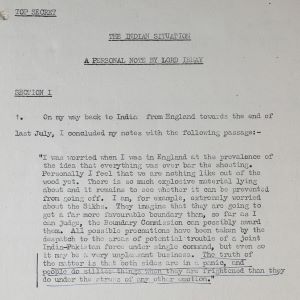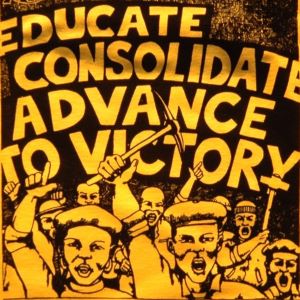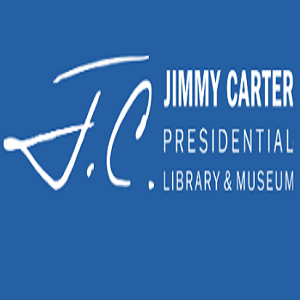Browse
Imperial/ Colonial

Source
Lord Ismay Notice Regarding Indian Partition
The Partition of India was one of the most difficult, tension-filled political events of the twentieth century, causing millions of people to migrate within the Indian subcontinent and be killed

Review
National WWI Museum and Memorial
Due to the immense amount of resources, we advise educators to enter the databases with an idea of what they want rather than attempting to browse.
Review
The Armenian Genocide Museum Institute
As the AGMI states in its mission statement, it 'teaches universal lessons to combat hatred, discrimination, prejudice and apathy.'
Review
African Studies Center
The Center hosts or links to resources on just about every African topic an educator might want to focus on in the classroom.
Review
New Netherland Institute
Due to New Netherland’s intersection across several themes such as globalism, Indigenous contact, enslavement history, transatlantic trade, imperialism, religion, it may be a useful case study for educators wishing to teach students about 17th-century Europea
Review
South Africa: Overcoming Apartheid, Building Democracy
This site is designed to provide high school and undergraduate students with primary sources and foundational information about South Africa’s multigenerational struggle to end apartheid and instate democracy.
Review
Harry S. Truman Library and Museum
Among the student resources, teacher resources, and source databases, users will have access to materials with which they can discuss practically everything that happened in the world during Truman’s life (1883-1973) and even some things outside that time fram
Review
Minecraft Education
Because Minecraft offers such a wide variety of sources and topics, it can be incredibly helpful to teachers. However, because game-based play poses particular risks, such as the possibility that students will not learn and only focus on playing.
Review
